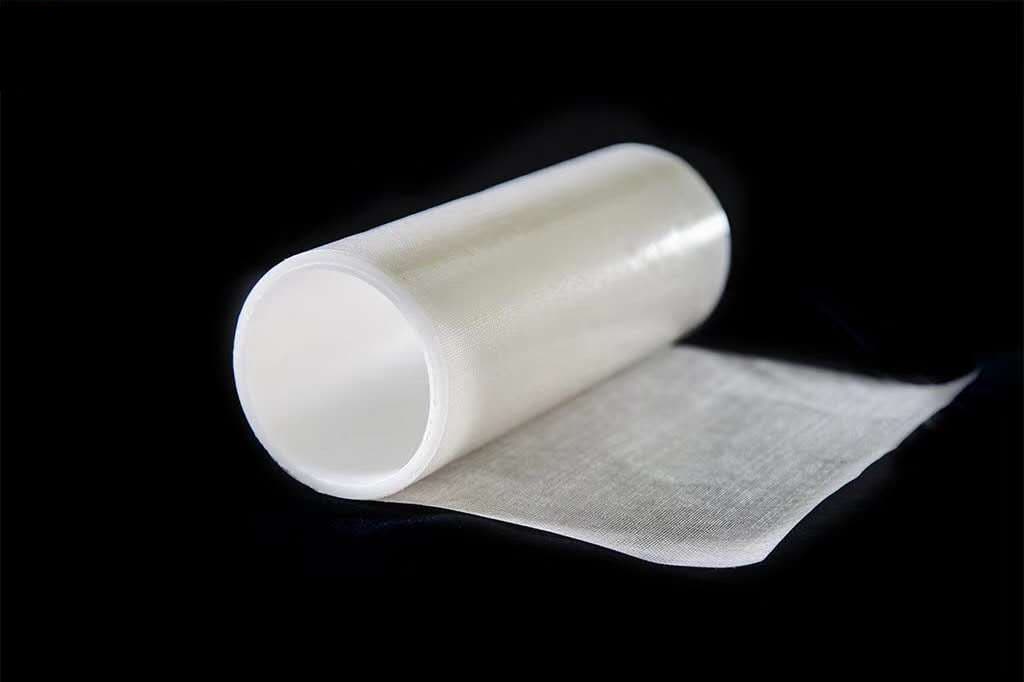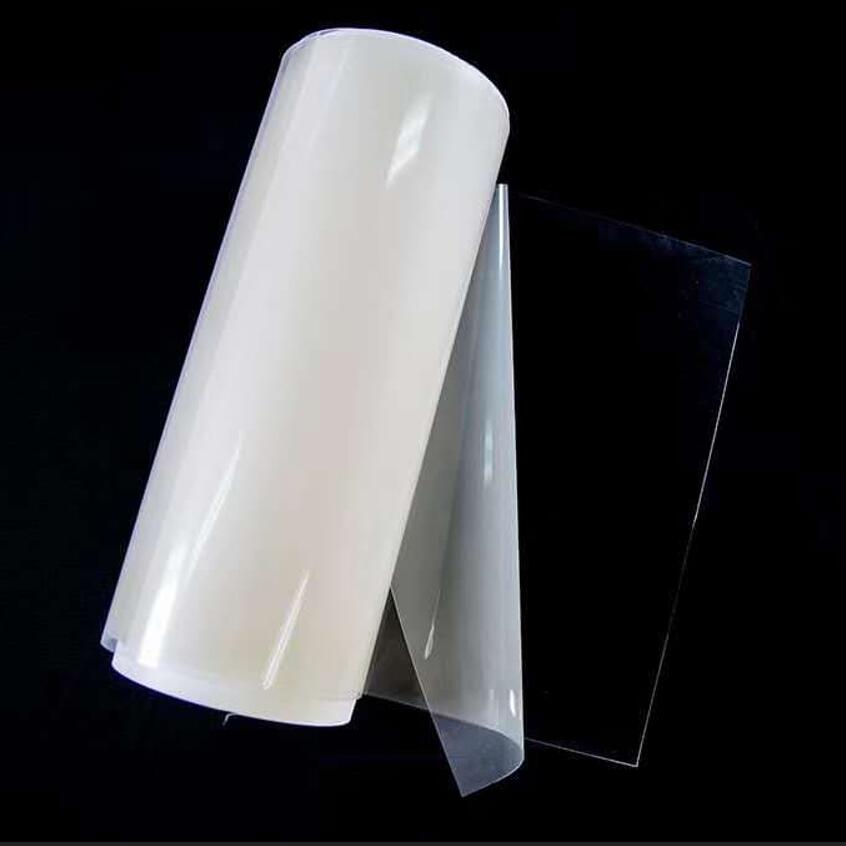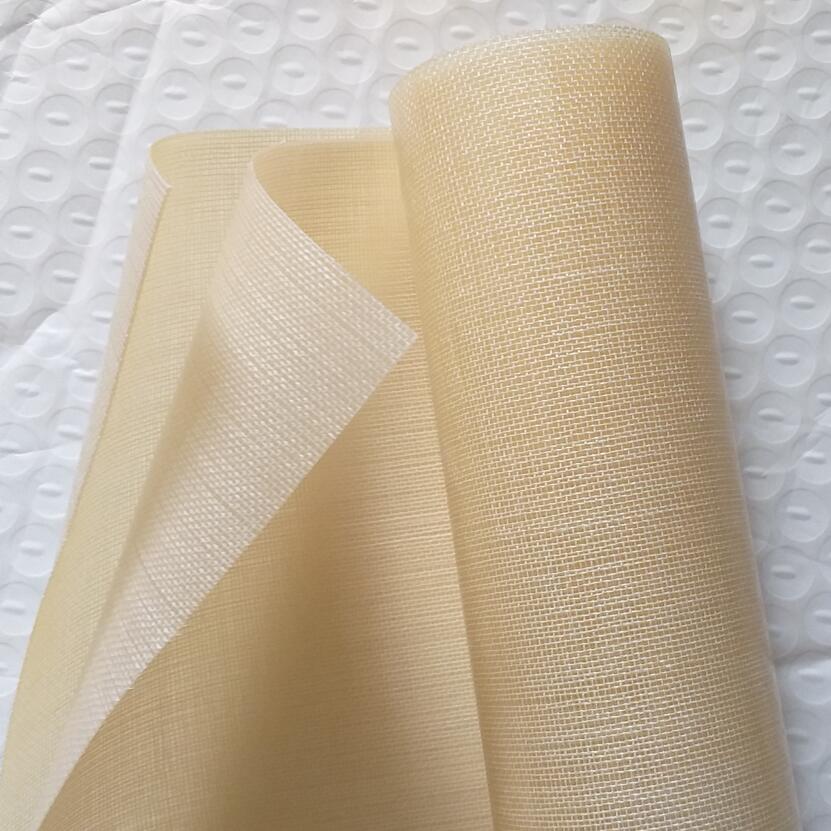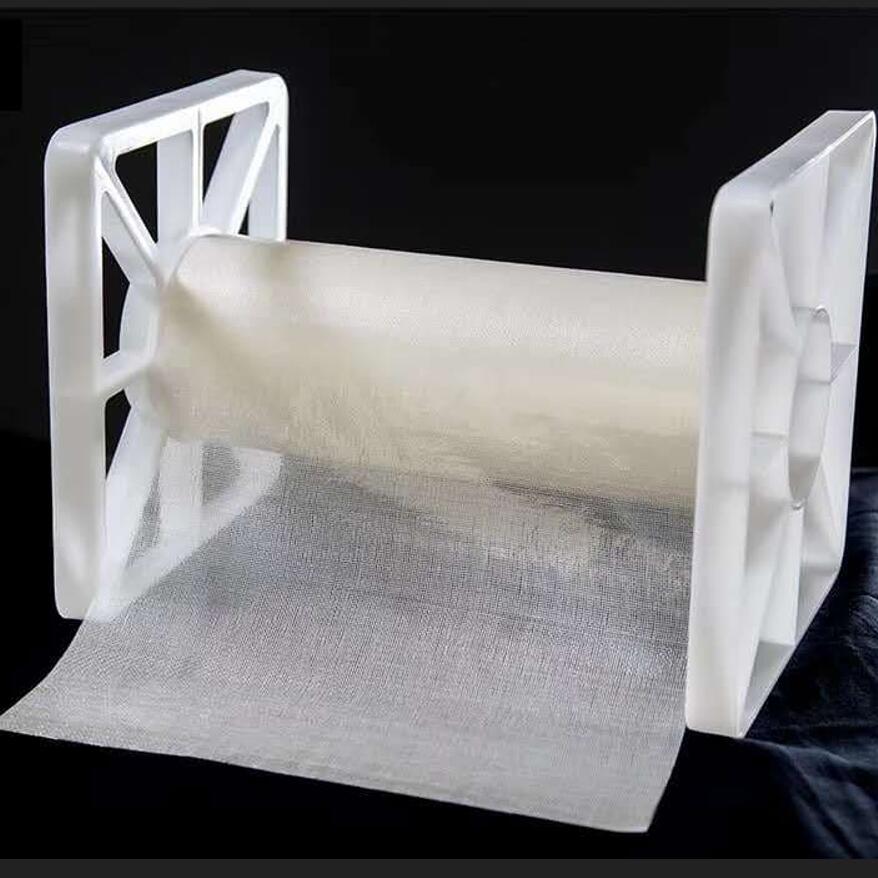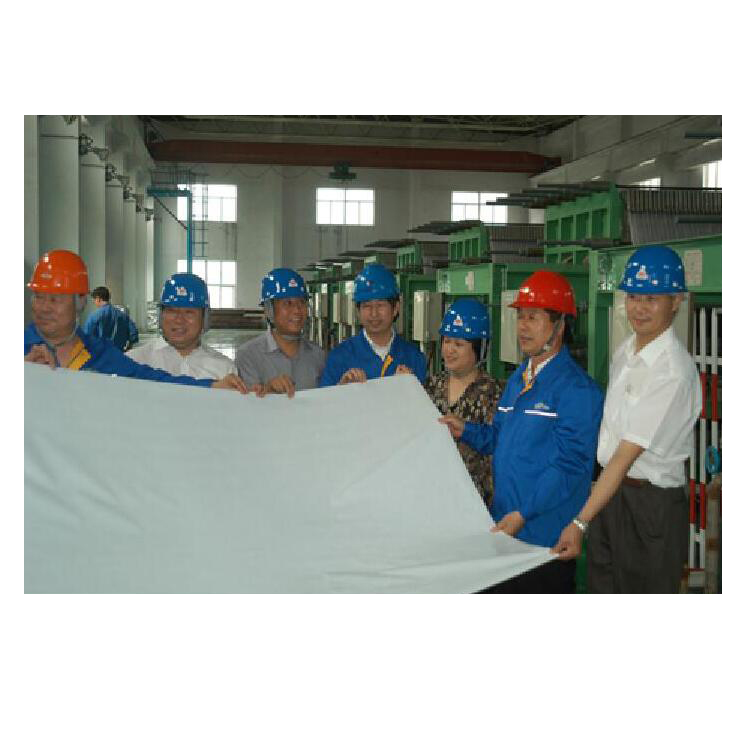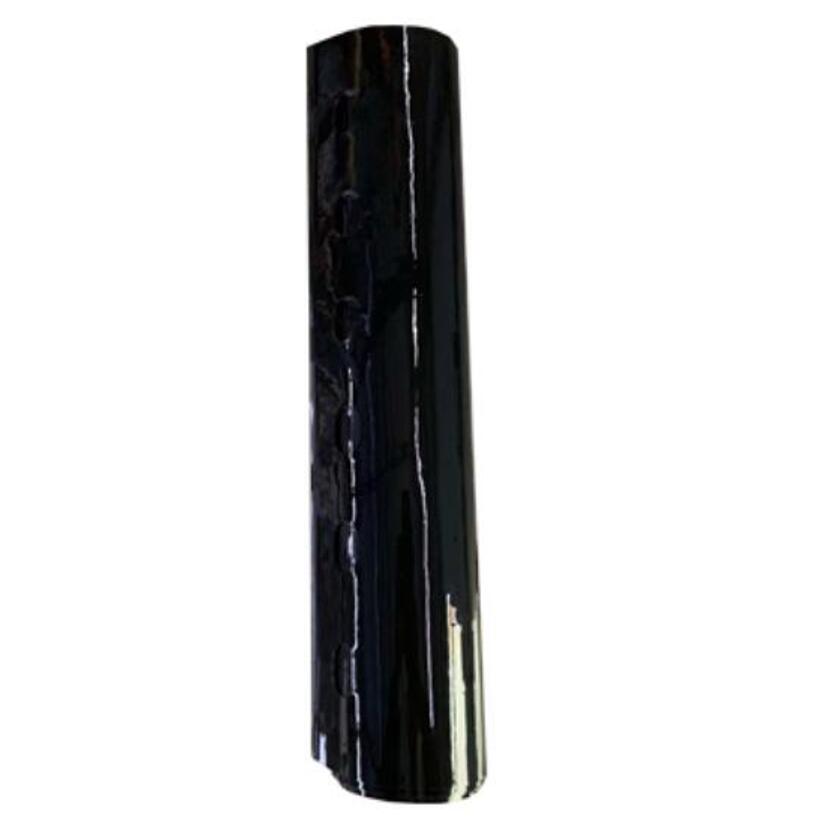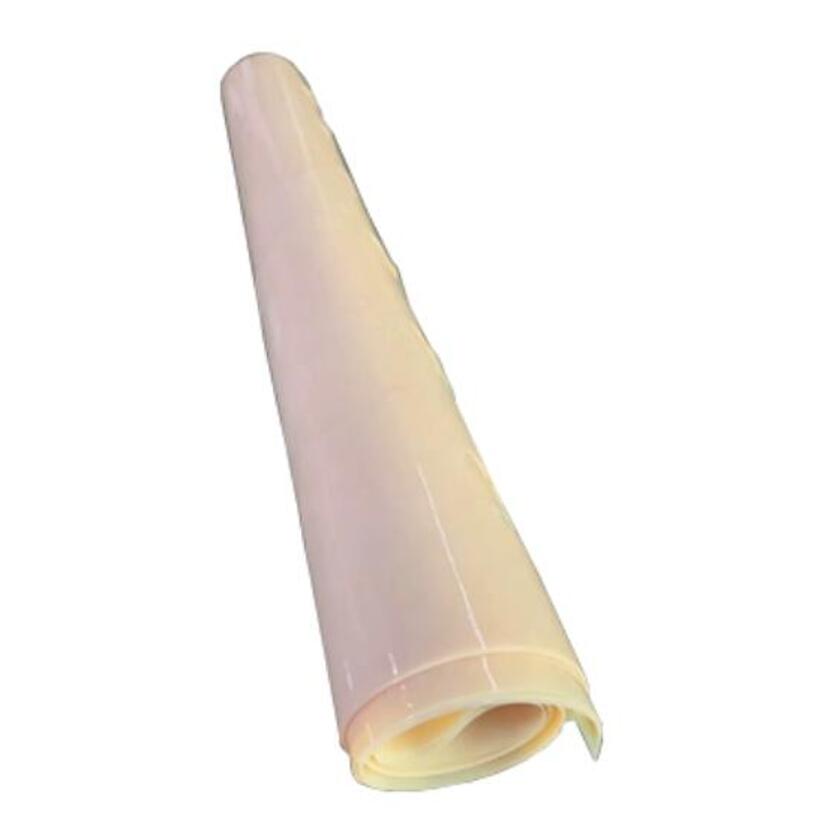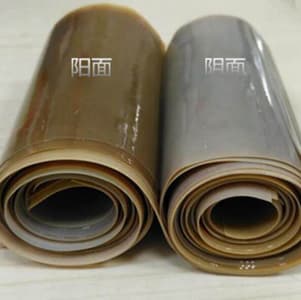About
Perfluorosulfonic Acid Ion Exchange Membrane for Vanadium Flow Battery

Perfluorosulfonic acid ion exchange membrane, also known as perfluorosulfonic acid proton exchange membrane and cation exchange membrane, is a solid polymer electrolyte, a strong acid type ion exchange membrane, with good chemical and thermal stability, low voltage, and low membrane resistance. High conductivity, good hydrophilicity, high water content of the membrane, high mechanical strength, etc.,the membranes can be used under harsh conditions such as strong acid, strong alkali, strong oxidant medium and high temperature. Due to its own characteristics, perfluorosulfonic acid Proton exchange membranes are not only used as key components of proton exchange membrane fuel cells, but also widely used in the all-vanadium flow batteries.
The perfluorinated sulfonic acid ion exchange membranes for vanadium redox battery VRFB, is also called the proton exchange membranes, are produced with the new casting method, the casting process can be combined with doping technology,for the vanadium flow batteries, we add nano-graphene material into the ion exchange membrane during the casting process,our ion exchange membrane perform better than the traditional ion exchange membrane,we improve the strength, moisture retention and vanadium resistance of the ion exchange membranes.
